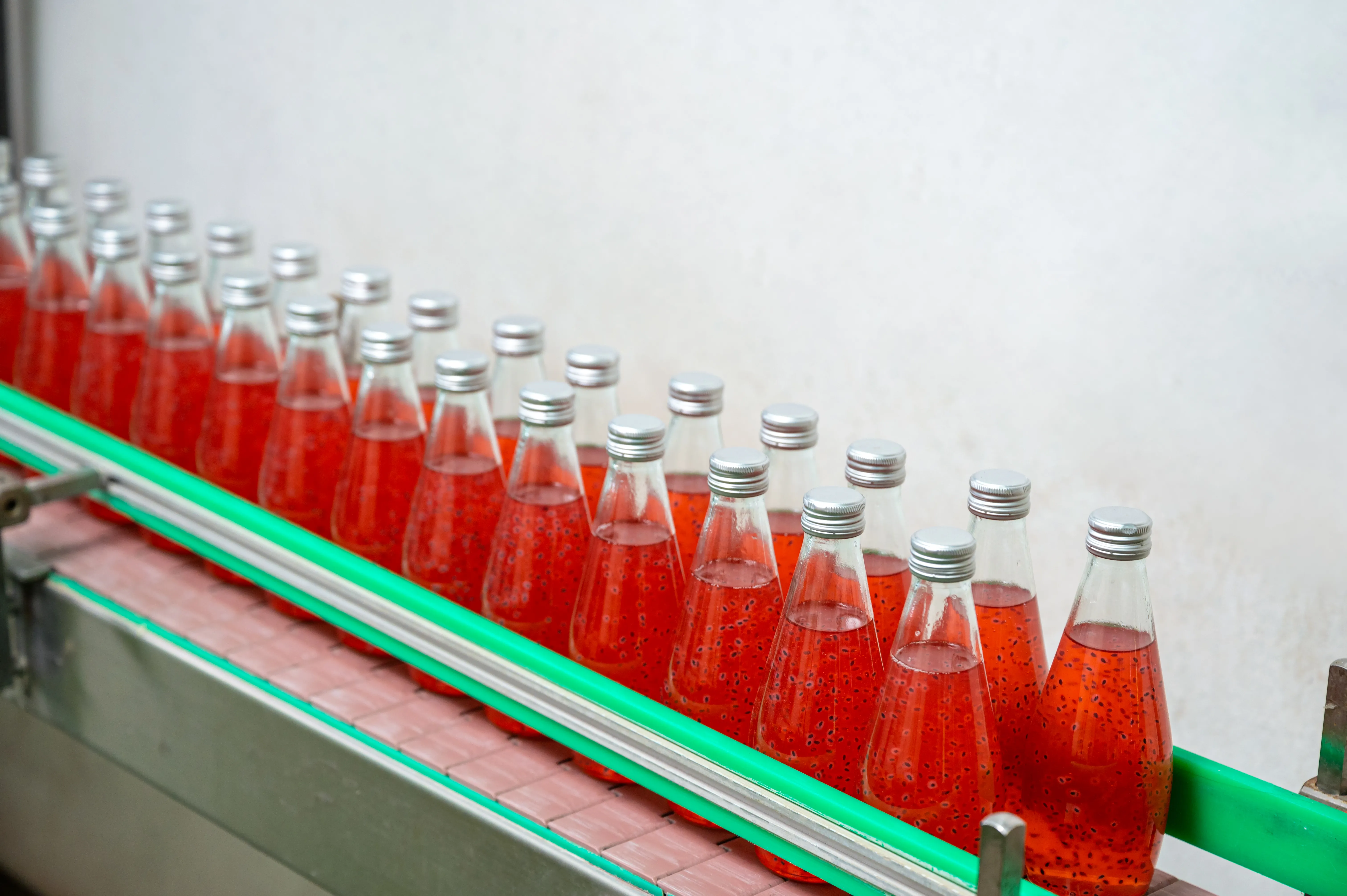Caps and sealing play a crucial part in the packaging process, ensuring that containers such as bottles and jars are properly sealed to protect their contents from contamination, spoilage, or damage. As the demand for packaged goods increases, the significance of effective capping and sealing systems in safeguarding product integrity and extending shelf life cannot be overstated.
Understanding Caps and Sealing Techniques
The technique for sealing a container depends largely on the type of container and the product being packaged. Common methods include:
- Screw Caps: These involve threading a cap onto a container to create a tight seal, preventing air and moisture entry.
- Crown Caps: A specialized machine crimps these metal caps onto the bottle's top, using a gasket to seal the neck tightly.
- Corks: Corks are compressed into the bottle neck, ensuring a secure seal to block air entry.
- Heat Sealing: This involves melting a plastic film over the container, which bonds to create an airtight seal.
- Induction Sealing: Utilizes an electromagnetic field to heat a foil liner, which melts and forms a hermetic seal around the bottle neck.
Importance of Caps and Sealing in Food Packaging
Caps and sealing are indispensable to a variety of food products, helping maintain quality and freshness:
- Beverages: Seal bottles and cans to keep soft drinks, juices, and beers fresh and carbonated.
- Condiments: Secure jars of pickles, olives, and sauces to prevent spoilage.
- Dairy Products: Protect milk, yogurt, and other dairy items from contamination and spoilage.
- Snack Foods: Maintain freshness in packages of chips, crackers, nuts, and other snacks.
- Frozen Foods: Prevent freezer burn in containers of meals and vegetables.
- Canned Foods: Secure cans of fruits, vegetables, and soups to avoid contamination.
Market Growth and Trends in Caps and Sealing
The global market for caps and sealing products is expanding, driven by several factors:
- Increasing Demand for Convenience Foods: Modern lifestyles and dietary changes enhance the need for effective capping solutions that extend food freshness.
- Growing Prioritization of Sustainable Packaging: Environmental concerns about packaging waste are propelling the development of sustainable solutions that reduce waste.
- Technological Advancements: Innovations in technology are rendering capping and sealing processes faster and more efficient, fostering market innovation.
- Rising Demand for Pharmaceutical and Cosmetic Products: This calls for secure packaging solutions to protect these sensitive products.
Conclusion
Caps and sealing are integral to effective food packaging, offering protection and extending the shelf life of consumables. As the industry evolves, continuous advancements in packaging technology and increased emphasis on sustainability are expected to shape the future of caps and sealing solutions. Leading companies in the market, such as Berry Global Inc., Crown Holdings Inc., and Amcor PLC, are actively investing in R&D to meet the growing and changing demands of consumers.
 PMG stands for Projects Management Group. We provide state-of-the-art Engineering Services to build world-class food processing factories.
PMG stands for Projects Management Group. We provide state-of-the-art Engineering Services to build world-class food processing factories.  Engineering is the difference between Chaos and Excellence. If you are going to do it, do it right.
Engineering is the difference between Chaos and Excellence. If you are going to do it, do it right.  Explore the diverse range of Products in the Food Processing Industry.
Explore the diverse range of Products in the Food Processing Industry.  Explore the technologies at the heart of the the Food Processing Industry.
Explore the technologies at the heart of the the Food Processing Industry. 


 Back
Back 



